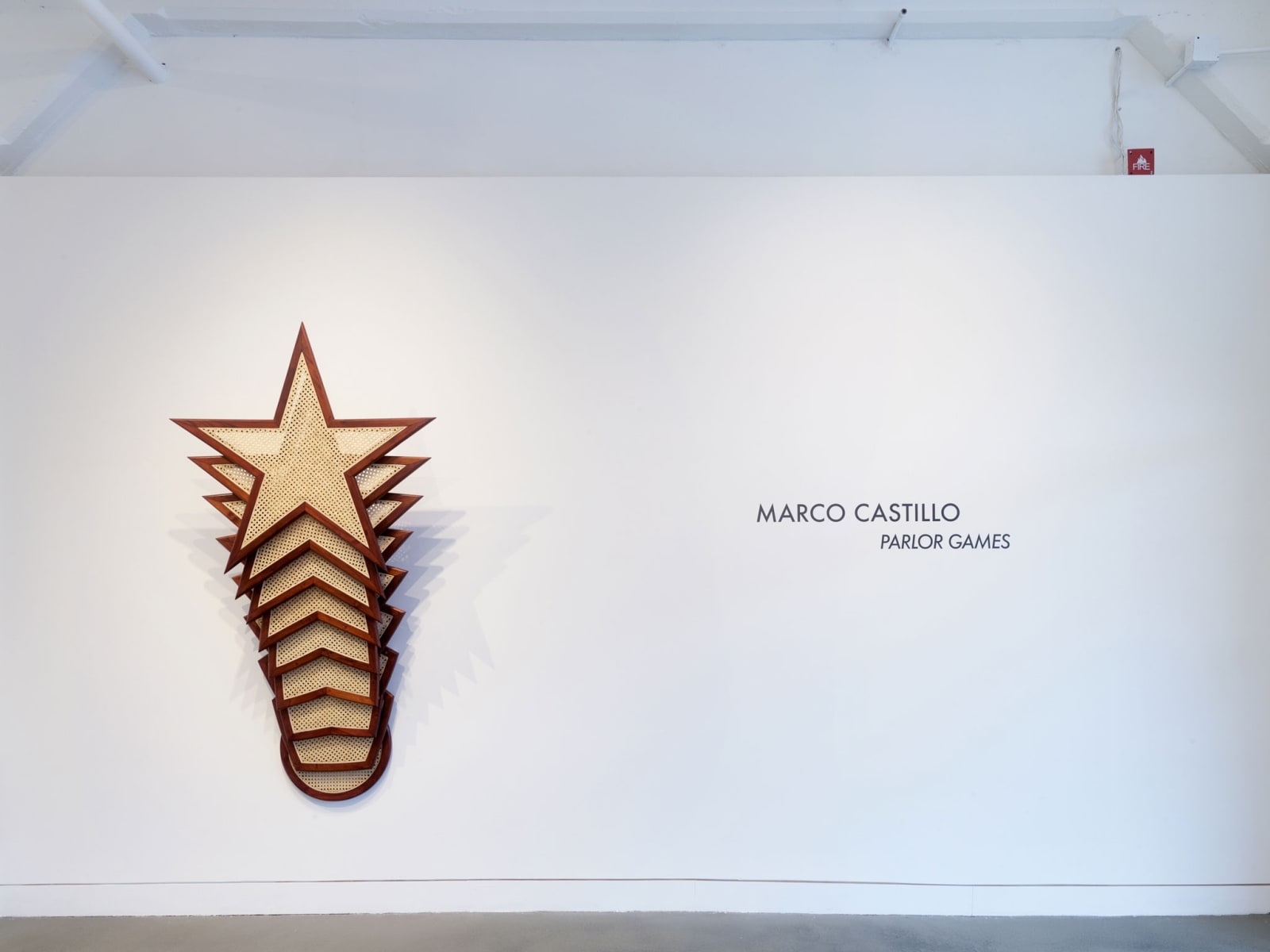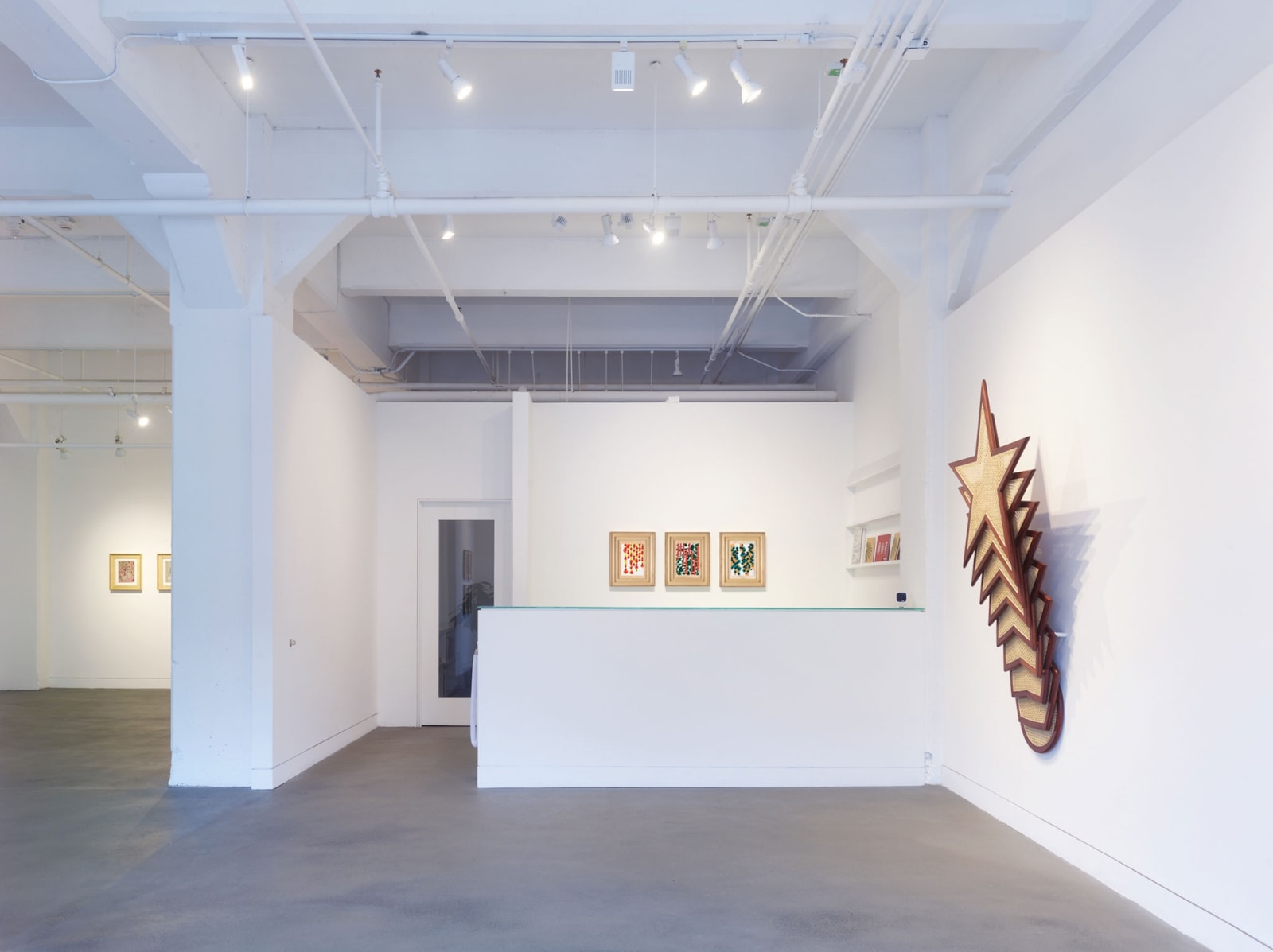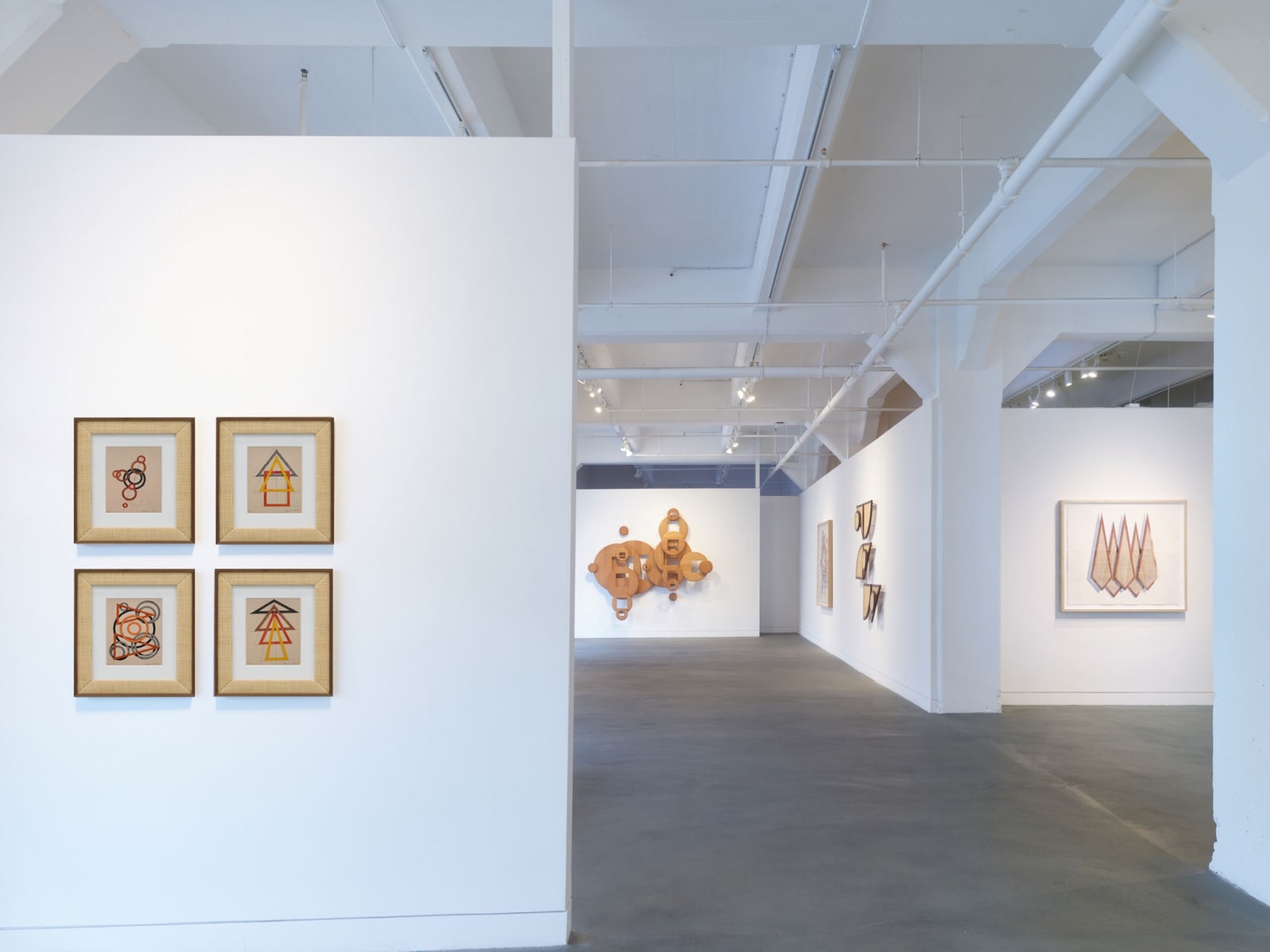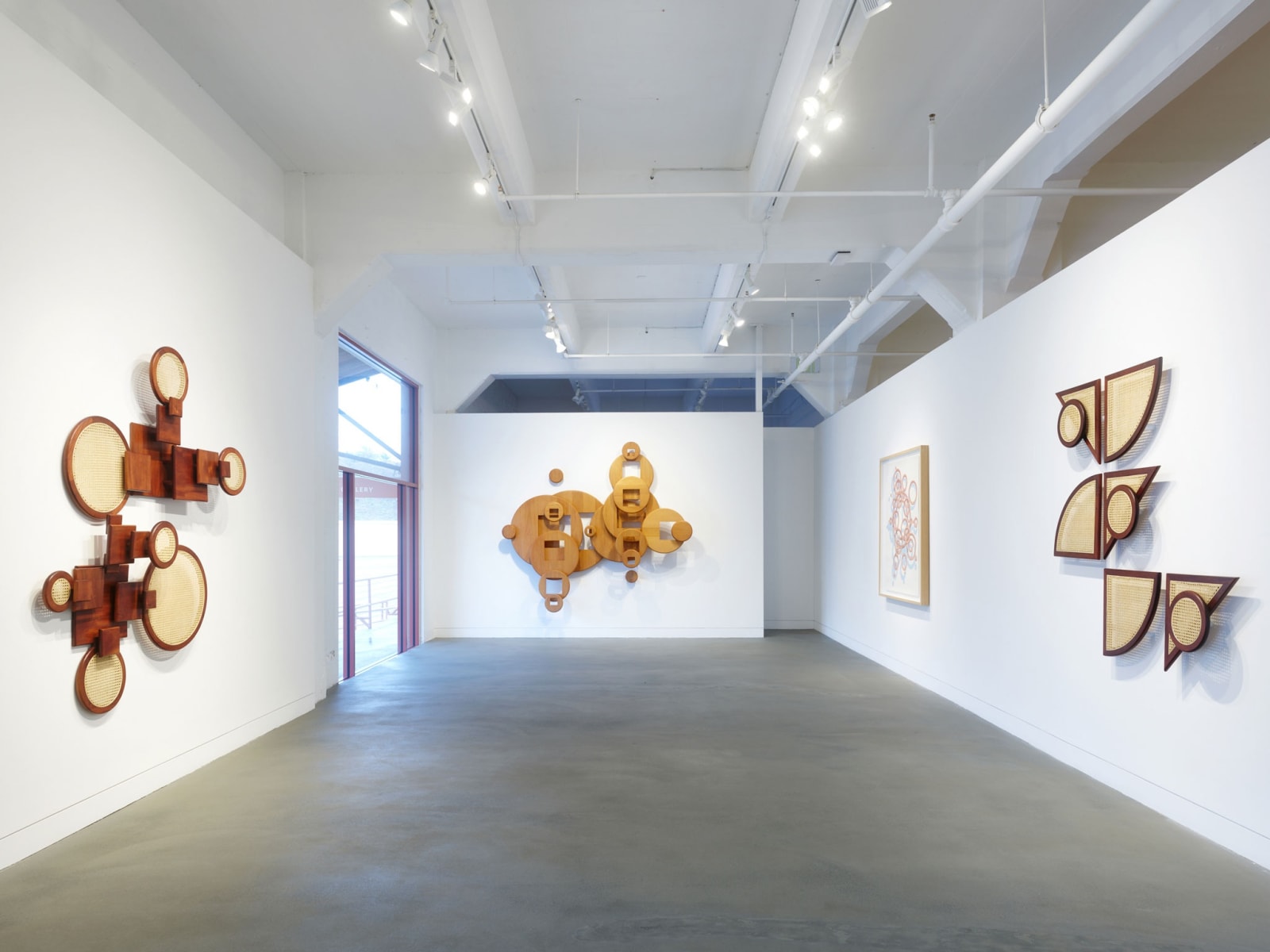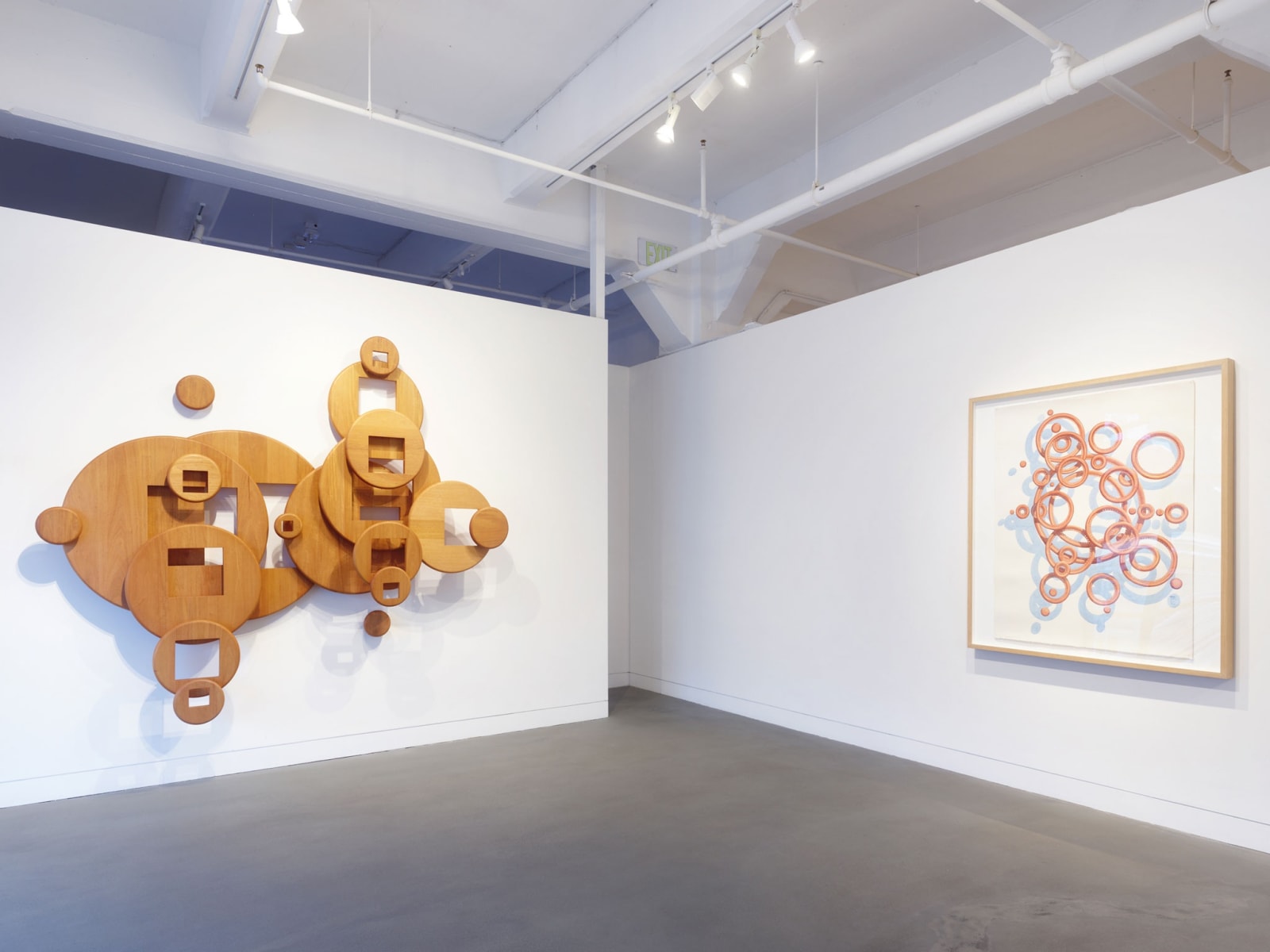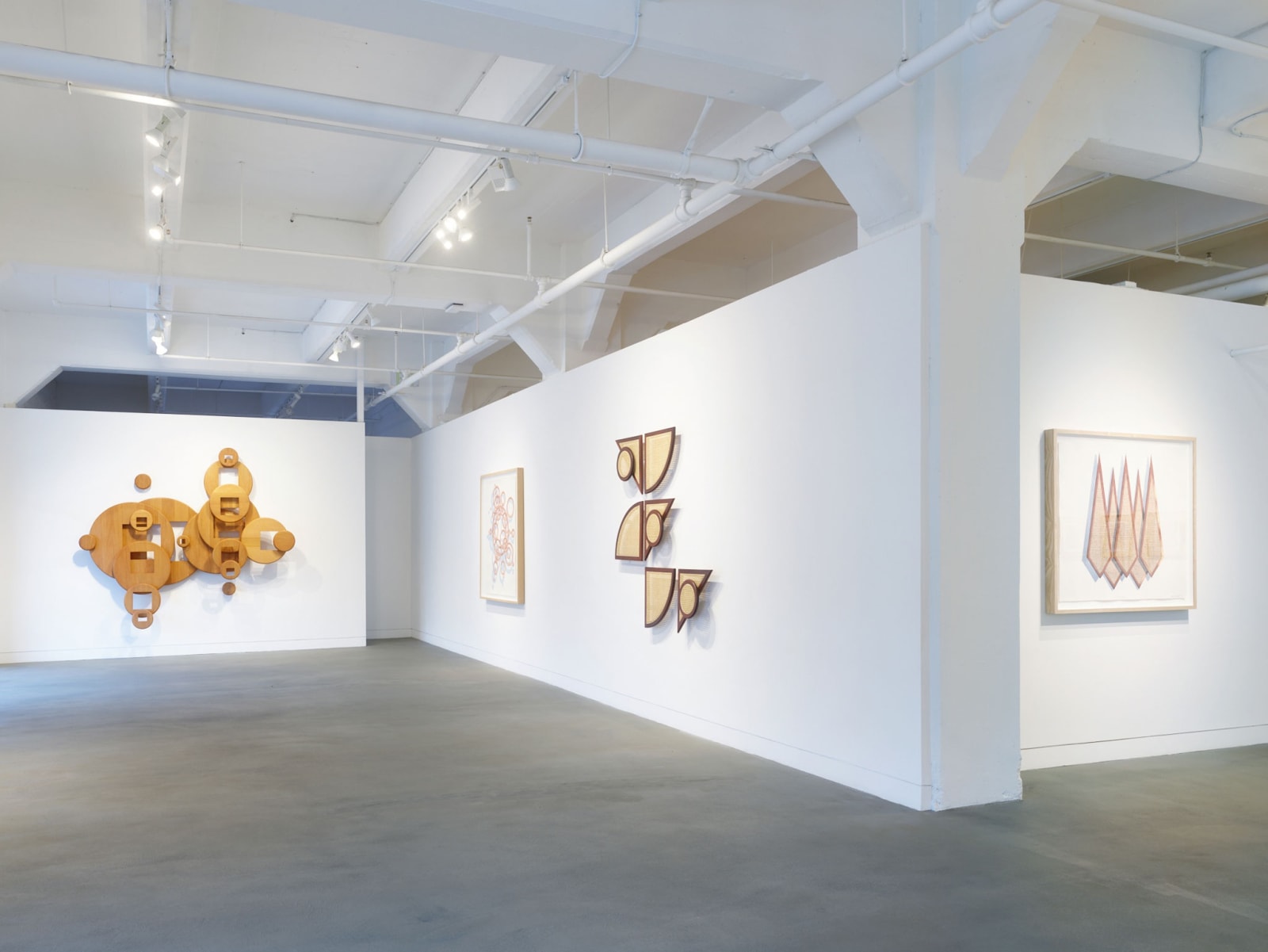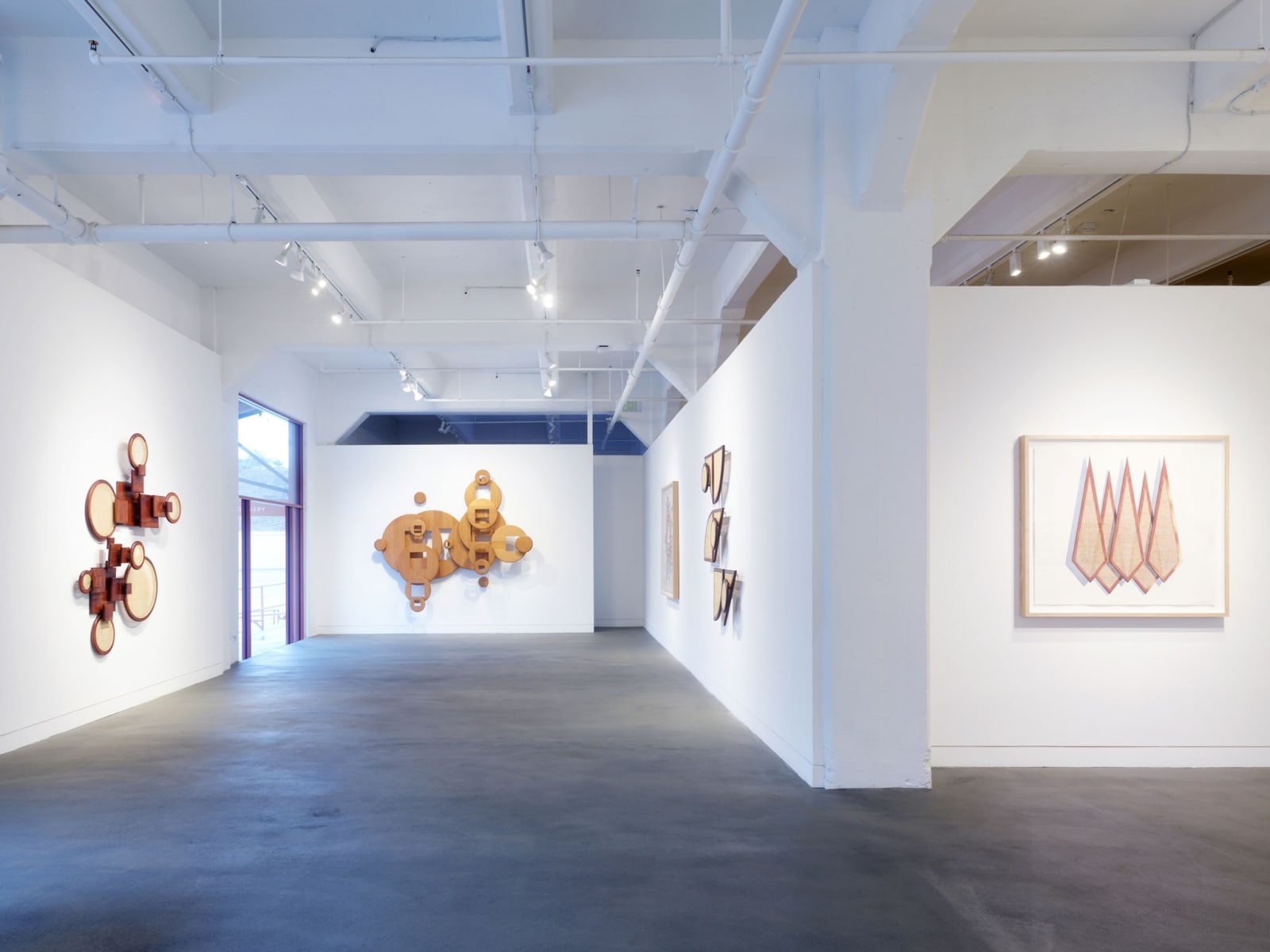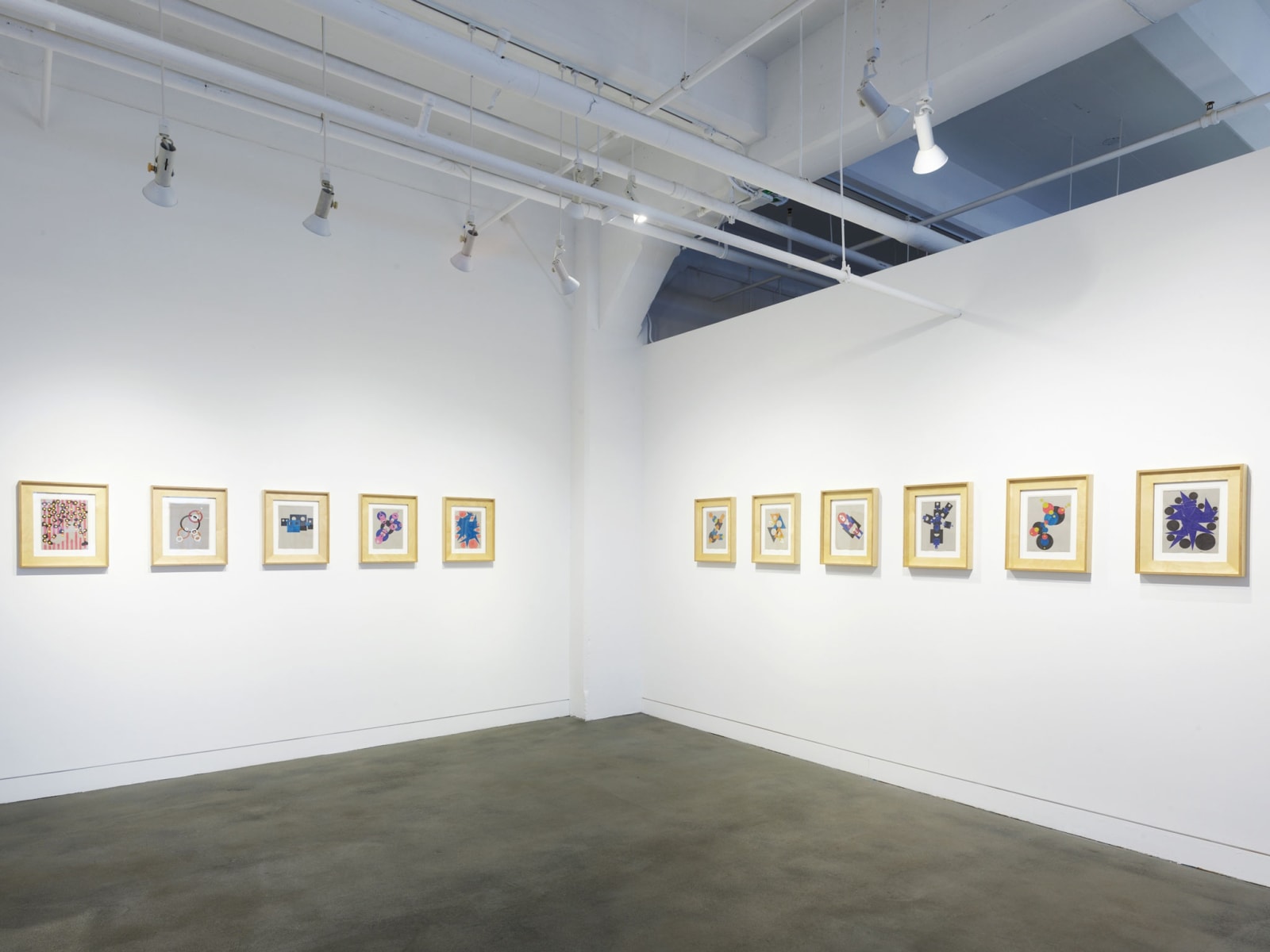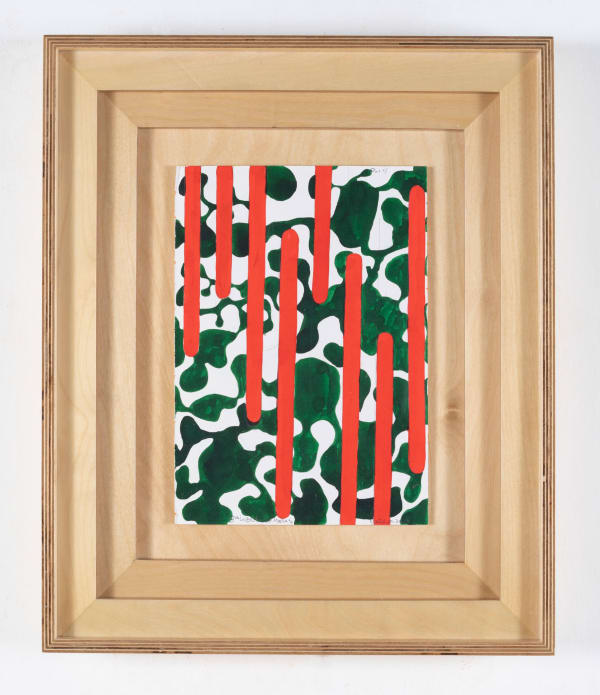Marco Castillo: Parlor Games
Haines Gallery proudly presents Parlor Games, an exhibition by the acclaimed Cuban artist Marco Castillo. Marking his first solo presentation in San Francisco, Parlor Games features sculptures and works on paper that explore Cuba’s interlinking design and political histories.
Marco Castillo (b. 1971, Cuba; lives and works in Mérida, Mexico) has created some of the most important work to emerge from Latin America in the past two decades, both as a founding member of the Los Carpinteros collective, and as a solo artist since 2018. His multi-disciplinary practice encompasses sculpture, installation, video, and works on paper. Referencing the visual languages of modern Cuban art and design that developed immediately following the 1959 revolution, Castillo addresses complex political, cultural, and social changes in the island state, both then and now. “Everything I am working with,” explains the artist, “are echoes of the past that are affecting us today.”
Castillo’s ongoing investigation into the visual lexicon of post-Revolutionary Cuba sees him embodying a fictional designer from this time. Colorful works on paper from his Libreta de notas (Notebooks) series showcase these experiments in abstraction, each synthesizing the period’s aesthetic modes. At the center of the exhibition is Familia Castillo Valdes (2022), a multipart mahogany sculpture from Castillo’s latest series Juego de sala, which engages with forms and materials from Cuban modernism while examining the consequences of the revolution on domestic life.
Juego de sala translates into English as “living room set,” but Juego can also mean “game.” This ambivalence is the inspiration for the exhibition’s title, Parlor Games, which suggests both a middle class family in playful repose and a political system rife with obfuscation. Shaped to evoke the Sputnik-inspired aesthetic in vogue during the Atomic Age of the 1950s, this wall-hung work recalls the interior of a home as viewed from above, its geometric components corresponding to the arrangement of furniture and rooms in a floorplan. The artist also compares Familia Castillo Valdes’s formal qualities to a “Cuban Big Bang,” alluding to the large-scale emigration of Cubans that continues to this day. Offering a glimpse into personal spaces touched by the revolution, the series is a meditation on the destabilizing effects of totalitarian systems, and their generational impact on families and the home.
Parlor Games also includes a series of sculptures and large-scale works on paper, each bearing the name of an important Cuban creative — architects, designers, and intellectuals such as Ana Vega, Félix Beltrán, and Clara Porset. Once championed by the state to design a new, modern Cuba, they were later denounced for being too bourgeois. Reflecting this period of utopian aesthetics and social tumult, Castillo’s sculptures merge elements of Modernist and Soviet-era design with materials and techniques traditional to Cuba, such as mahogany wood and rattan caning, while the works on paper feature trompe l’oeil renderings of these same forms and materials in watercolor.
Parlor Games is at once a reflection of loss in Cuba — as told through the stories of once-cherished artists, and the artistic and personal narratives interrupted by politics — and an attempt to recover its legacy. By tapping into this lineage of art and architecture, Castillo pays homage to a generation of artists who came before him, whose political persecution has newfound relevance in today’s world.


